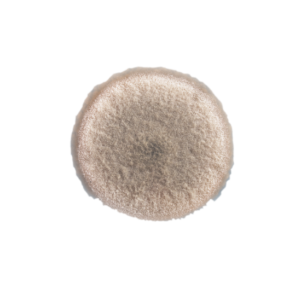FAQ's
Young children may be at greater risk for more severe symptoms caused by poor air quality in your home.


Yes. Molds will grow where conditions allow. Molds require two things to grow – a food source and moisture. Food sources can be anything from dry wall and insulation to carpeting or mattresses. Moisture can come from many sources, including high humidity levels, leaky pipes or appliance hoses, neglected or inadequately repaired roofs, improperly maintained air conditioners, landscape and drainage problems, etc
Yes. Indoor mold growth is unsanitary and undesirable. If you can see or smell mold inside your home, you should take steps to eliminate the cause and clean up and remove the mold.
According to the Centers for Disease Control, exposure to mold does not necessarily result in a health problem. Molds have existed for thousands of years and there are over 100,000 kinds of mold. Most people touch, eat, or breathe some mold every day without ill effects.
There is even mold in fresh air.
If mold growth is active, extensive, and persistent, it has the potential to cause health problems, the most common of which are allergic reactions such as wheezing, sneezing, coughing, eye irritation, etc.
While many people seldom experience ill effects from mold exposure, some individuals are more sensitive to molds than others. The same amount of mold may cause health problems in one person, but not in another. Infants, young children,the elderly and individuals with weakened immune systems have been identified by health departments to be at greater risk for more severe symptoms or illness as individuals with existing respiratory conditions such as allergies, asthma, or chemical sensitivities.

